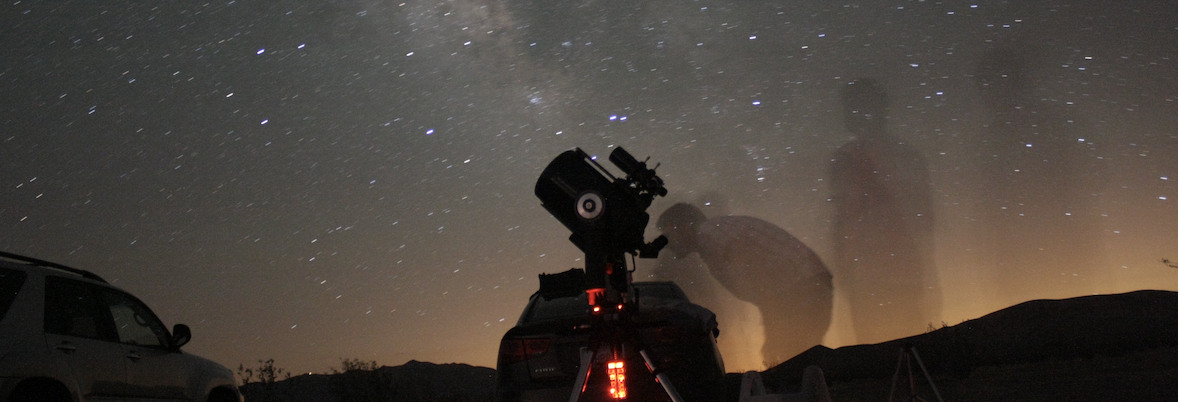Episodes

Wednesday Nov 02, 2016
November 2016
Wednesday Nov 02, 2016
Wednesday Nov 02, 2016
To see a video of this information, go to my YouTube Channel
Welcome to Observing With Webb, where the arm chair astronomer figures out what they’re looking at, why it’s so cool, and what they should check out next. Don’t forget to check out my Podbean page, YouTube Channel, and Twitter feed, all with the username “mrwebbpv”
This year, November brings us good views of Venus, Mars, Jupiter, maybe some Leonid Meteors, and hopefully good news for the Pequea Valley Planetarium.
Regarding the Planetarium grant competition…thank you all so much for all of your support. If you recall, the 6 proposals that get the most votes will each get $100,000. We got rankings at both 2 weeks and 3 weeks into the month long voting,and we were in 3rd place out of 15 both times! That makes me fairly confident that you, the astronomy community made this happen, but I do NOT have official word yet. It sounds like they are going to do the job of notification a la Publisher’s Clearinghouse, so you’ll know when I know.
PLANETS...well,the ones visible with your naked eye
Planets you can see around Sunset – Venus (SW), Saturn (SW), Mars (S)
Planets you can see throughout the night – None
Planets you can see in the Morning – Jupiter(E)
Mercury – Lost in the glare of the Sun
Venus – Look SW after sunset, and Venus will be between10˚and 20˚ above the horizon, very bright, and will set around 7:00pm.
Mars – Look SSW after sunset and bring a sky map of Capricornus. Mars will be the ruddy red object moving into the Capricornus triangle from the right day by day. Visible until about 9:30pm, when it sets in the SW.
Saturn – Look SW after sunset and find the brightest object Venus. Saturn will be to the right and below Venus, getting farther away each day of November. Saturn will set at 6:30pm in the beginning of the month and around 4:40 with the Sun at the end of the month, making it harder to find as the month passes.
Jupiter – Catch Jupiter in the eastern sky in the morning after 4:30am in the beginning of the month, and 3am by the end of the month. Just look for the very bright object in that direction in the morning. You should notice it easily through your car window and see it get higher and higher each morning.
EVENTS...
2nd – Close Encounter – Moon, Venus, Saturn – Look to the SW in the hour and a half after sunset (6:00) and you can catch a thin crescent Moon only 2˚ above Saturn and 7˚ up and to the right of bright Venus.
6th – 7th – Close Encounter – Moon, Mars – Look S once the sky is starting to get dark, and find a nice crescent Moon. On the 6th, The Moon will be about6˚ to the right of Mars. The following night, the Moon will have moved to be about 7˚ to the left of Mars, and a bit higher.
First Quarter Moon – 7th(Visible until midnight)
Full Moon – 14th (Visible all night)
17th – Leonid Meteor Shower – You might just catch a couple meteors coming from Leo, if you get out early in the morning and look at the whole sky in general, like other meteor showers. However, the waning gibbous Moon will overpower most of the meteors with its light pollution.
Last Quarter Moon – 21st(Visible from midnight into the morning)
25th – Close Encounter – Moon, Jupiter – Look SE after 3:30am and before sunrise (7:00am). Look for a thin crescent Moon rising up from the horizon, with Jupiter just 4˚ up and to the right.
New Moon – 29th (darkest skies)
CONSTELLATIONS... (see sky map link at the bottom for a Star Map for this month – or ask Mr. Webb) Look straight up and you'll see...
After Sunset (sunset is around 5:00pm after Nov. 2nd) – Lacerta, Pegasus (the Great Square)
Between Sunset and Midnight – Pegasus, Andromeda - Extra Challenge! Using your naked eye (dark-adapted and in a dark area) or binoculars under normal conditions and a star chart, try finding our neighboring Andromeda Galaxy. It’ll be a faint, but bigger, fuzzy in the constellation Andromeda.
Midnight – Perseus,Taurus
Early Morning – Lynx,Cancer, Gemini - Extra Challenge! Using binoculars,find the bright and open cluster M35. Find Gemini, look at the rightmost leg, go down to the foot, and move2-3 degrees to the right (W).
GENERAL CONSTELLATION FINDING TIPS:
Summer Constellations:Lyra, Cygnus, Aquila, Delphinus
Look to the West after sunset until about 9pm and you’ll still be able to see Lyra, Cygnus, Aquila,(and Delphinus.) These three constellations have the three brightest stars of the summer constellations (Vega, Deneb, Altair – respectively.) Those bright stars create the summer triangle. Being summer constellations and it being fall right now, they are setting and are visible for a shorter period of time. If you’re under dark skies (away from city lights) you may just catch a glimpse of the Milky Way passing through Cygnus and Aquila.
Fall Constellations: Andromeda,Pegasus
If you can find the Summer Triangle and Delphinus, about 40˚ to the East (leftish) will be the Great Square of the fall constellation Pegasus. Perhaps you’ll even see the two curves of Andromeda off of one side,with the Andromeda Galaxy as a small, faint fuzzy nearby (you’ll need dark skies to see it). A sky map will help you tremendously in finding these. You’ll see these in the East after sunset, straight above you around midnight, and in the West in the morning.
Use a sky mapfrom www.skymaps.com to help you out.


No comments yet. Be the first to say something!